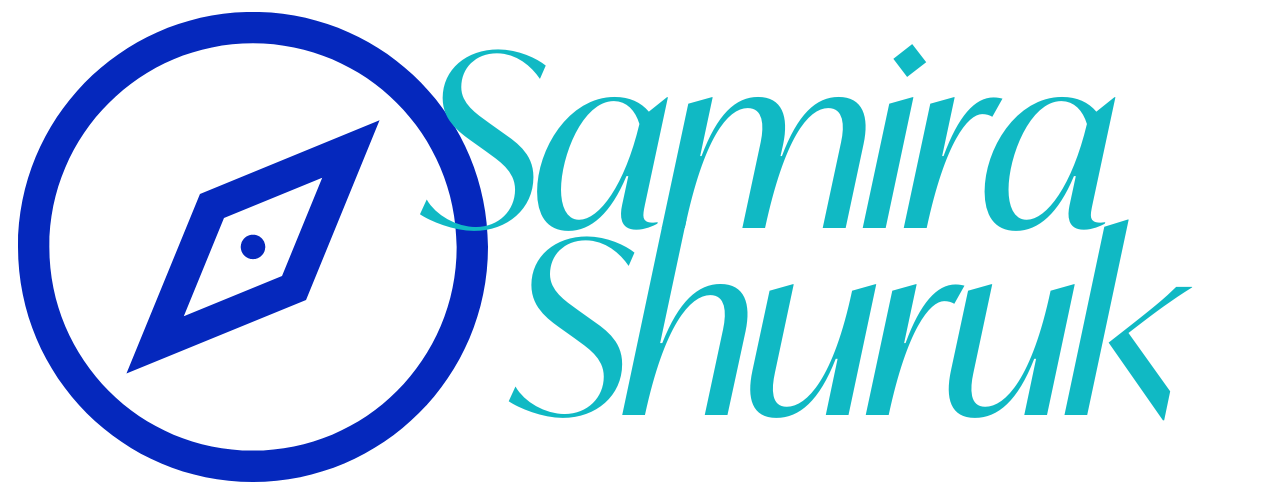Ancient Wisdom and Modern Science: The Power of Jumping for Bone Health
Masai warriors practicing Adumu, their competitive jumping dance
Did you know that by age 65, one in three women and one in five men will experience osteoporotic fractures? Even more concerning, bone density loss accelerates after 50, with women losing up to 20% of their bone mass in the years following menopause.
Learning from Traditional Movement Practices
In the heart of Kenya's savannas, the Maasai people have practiced their traditional jumping dance, the Adumu, for centuries. This powerful cultural tradition offers fascinating insights into how high-impact movement has been naturally integrated into human practices across generations.
The Adumu is more than a cultural display – it's a testament to the human body's remarkable capacity for dynamic movement. Warriors gather in a circle, taking turns to jump straight up while keeping their shoulders level and landing softly. This practice, deeply rooted in Maasai culture, exemplifies natural plyometric movement patterns. We get to see this and take part in our Wellness in Wilderness Safari Retreats in Kenya!
The Science Behind the Jump
Recent research published in the Journal of Sports Medicine reveals that plyometric exercises – particularly jumping – can increase bone mineral density by up to 8% in postmenopausal women over a 12-month period. Even more remarkable, just 10-15 minutes of jumping exercises, three times per week, can significantly improve hip bone density in older adults.
The key lies in the impact: when we jump, we create a beneficial stress on our bones that triggers them to build new tissue. This process, known as bone remodeling, is essential for maintaining strong, healthy bones throughout our lives.
Bridging Ancient Wisdom and Modern Wellness
The connection between traditional movement practices and modern scientific understanding offers valuable lessons about sustainable approaches to health. The Maasai's intuitive incorporation of high-impact movement into their cultural practices aligns perfectly with what research now tells us about bone health.
This synthesis of traditional wisdom and contemporary science reminds us that movement is a fundamental human need, deeply woven into cultural practices across the globe. Whether through traditional dances, modern exercise routines, or daily activities, finding ways to incorporate beneficial impact into our movement practices can support long-term bone health.
Supporting Your Bone Health Journey
Understanding how to safely incorporate jumping exercises into your routine is crucial. My free guide, "5 Safe Jumping Exercises for Bone Health", provides science-backed guidance for all fitness levels.
Experience these movement traditions firsthand: Join us this June for a wellness journey in Kenya, where ancient wisdom meets modern practice.
About the Author: Samira Shuruk is a Pilates instructor, mobility specialist, sports conditioning specialist, behavioral change coach, and professional dancer who explores the intersection of cultural traditions and evidence-based wellness practices.

